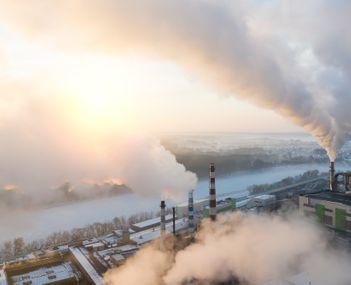Association for the
Catalytic Control of Emissions From
Stationary Sources to Air
Improving the air we breathe by using advanced technology to control emissions from power stations and industry
We work globally with regulators, NGOs and others to advocate the development, demonstration and deployment of
cost-effective emissions solutions.
Our goal is for the same level of awareness and implementation of catalytic controls for industry as there currently are for transport.
Promoting the technical and economic viability of catalytic controls to reduce harmful discharges to the air from large fixed (stationary) industrial sources such as factories and power stations.
We are a non-profit trade group based in Brussels and administered by leaders in the field of emissions control: Clariant, Gore, Johnson Matthey, & Umicore.
Why is our work necessary?

While the problems of emissions from vehicles are widely known there are many other dangerous chemical emissions from large stationary sources including: Nitrogen Oxides, Carbon Monoxide, Methane, Ammonia, and Mercury. Industrial facilities - and the exhaust gases they release - are much less controlled by government mandates yet are just as harmful as those emitted by transportation.
Their effect on the environment damages human health from polluted air and contributes to climate change. Non-CO2 emissions represent over 25% of total pollutants, predicted to rise to 27% by 20301 ... more
Copyright 2022 © All Rights Reserved
